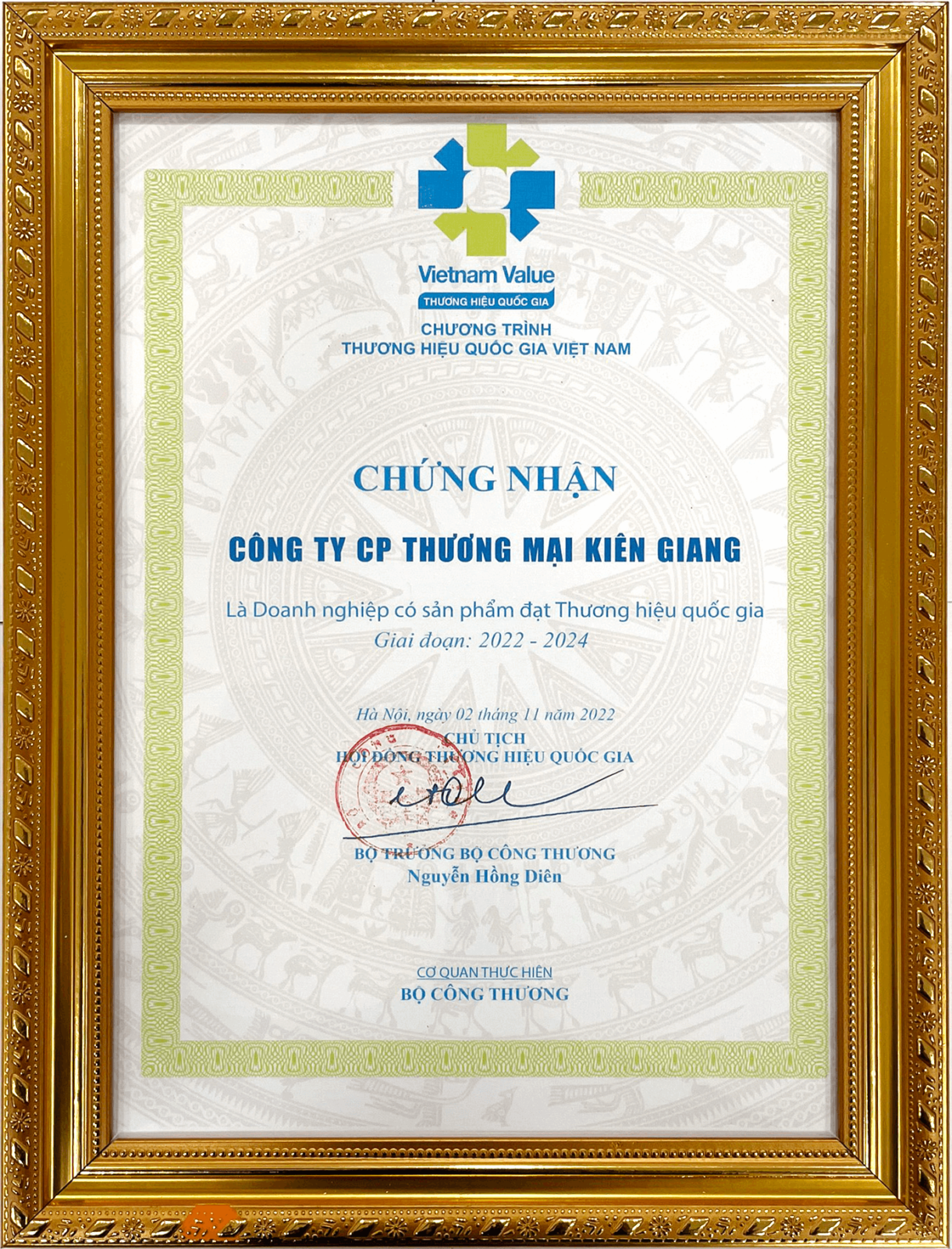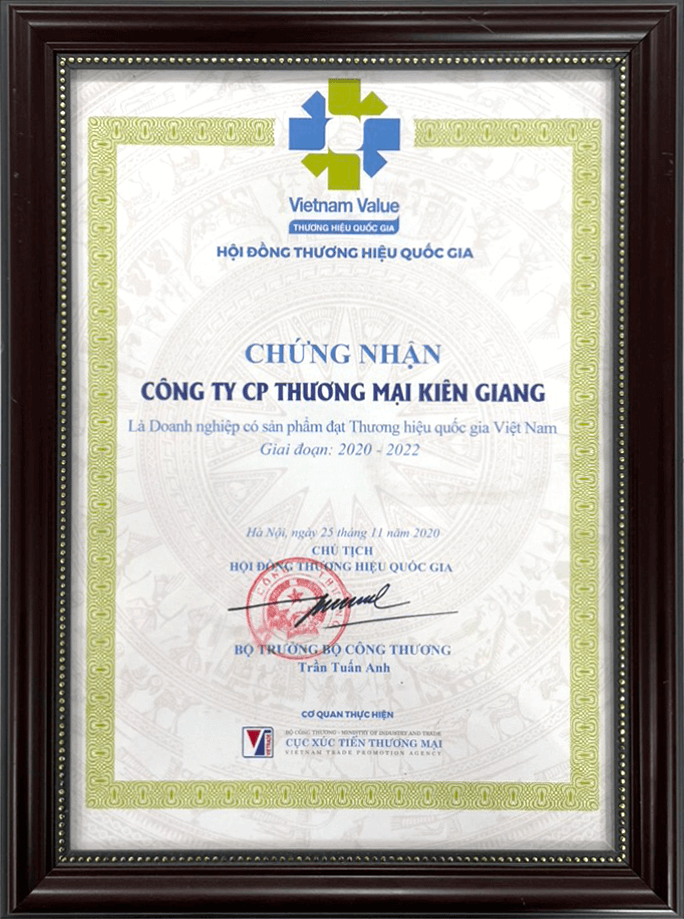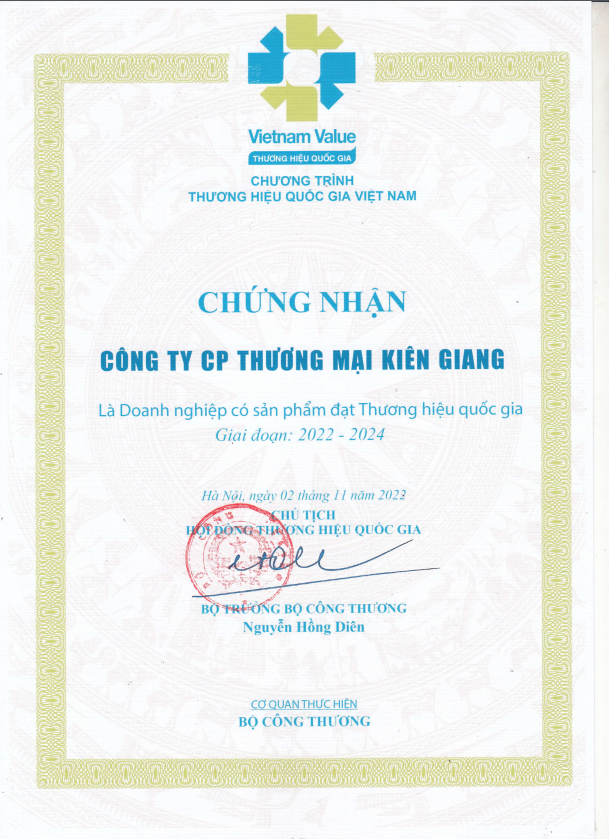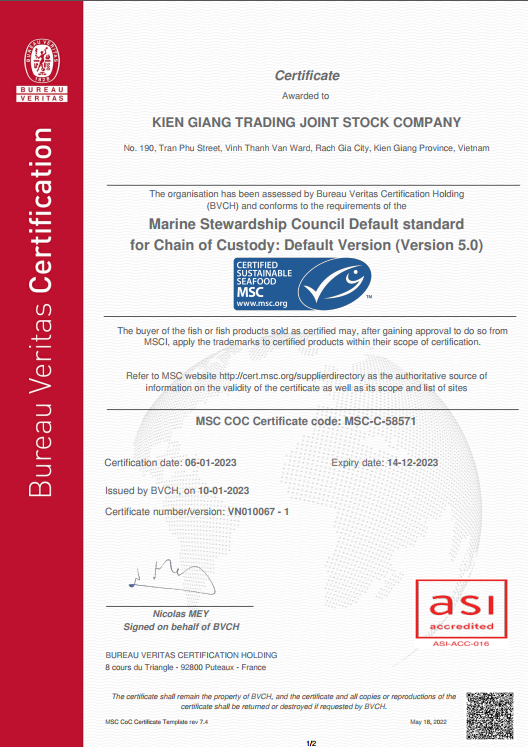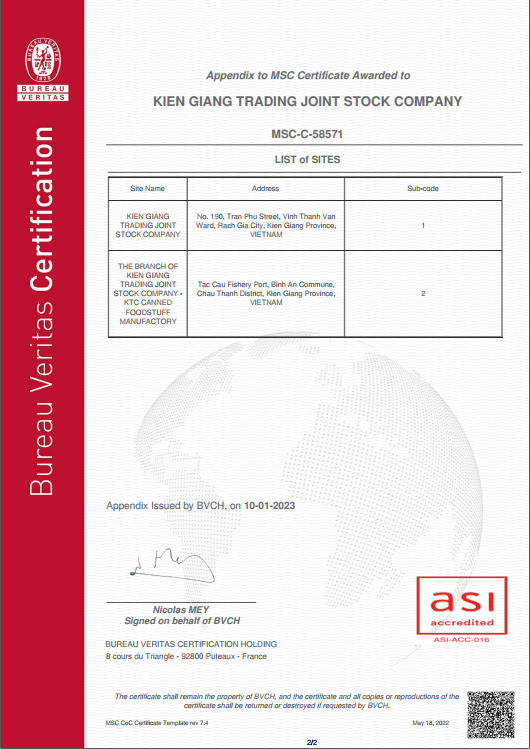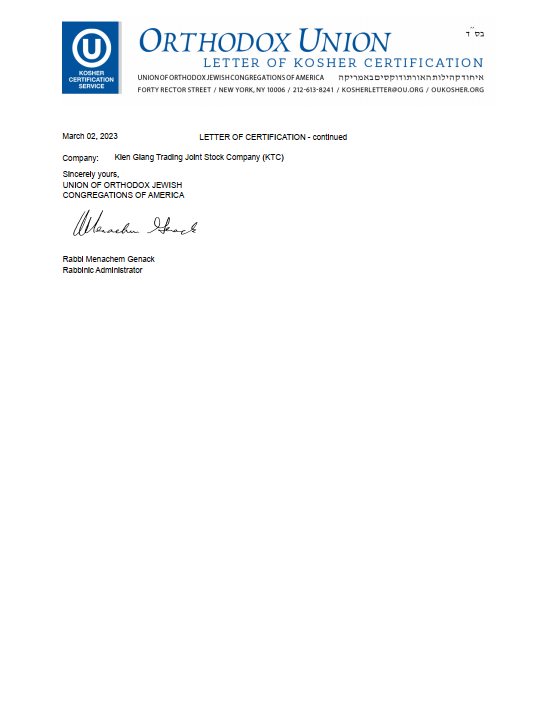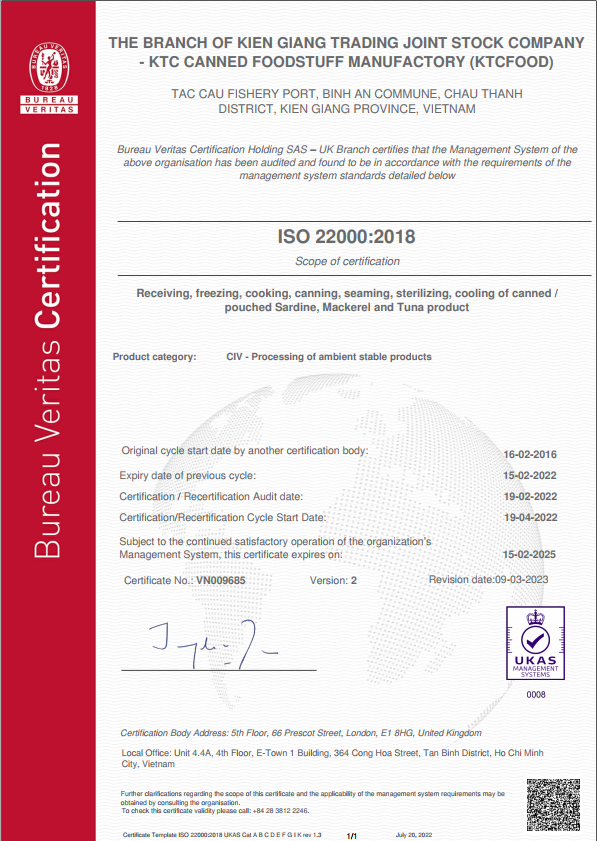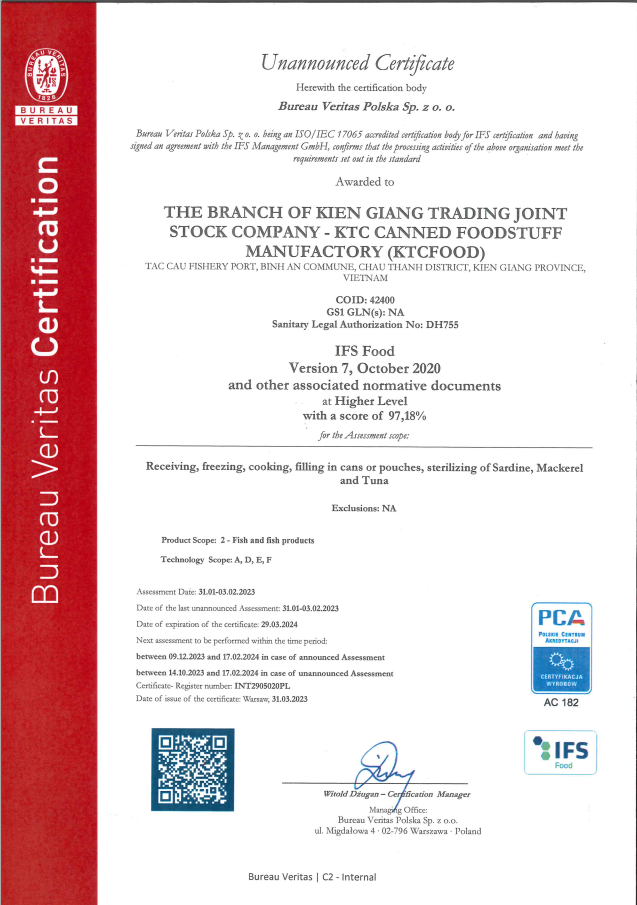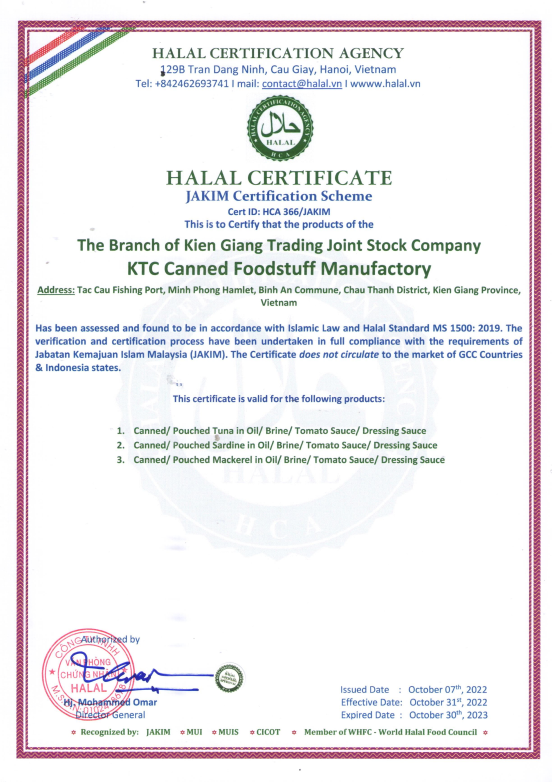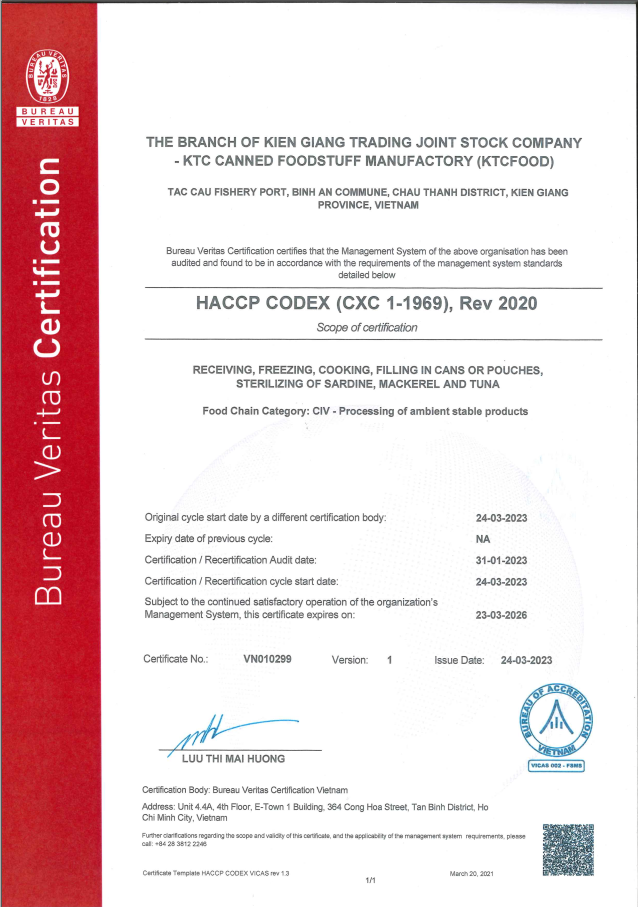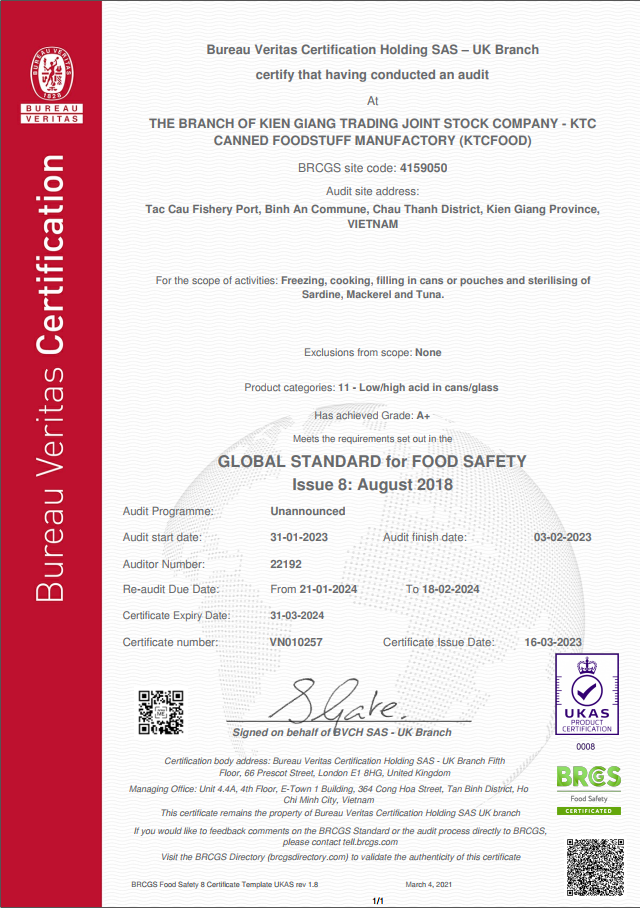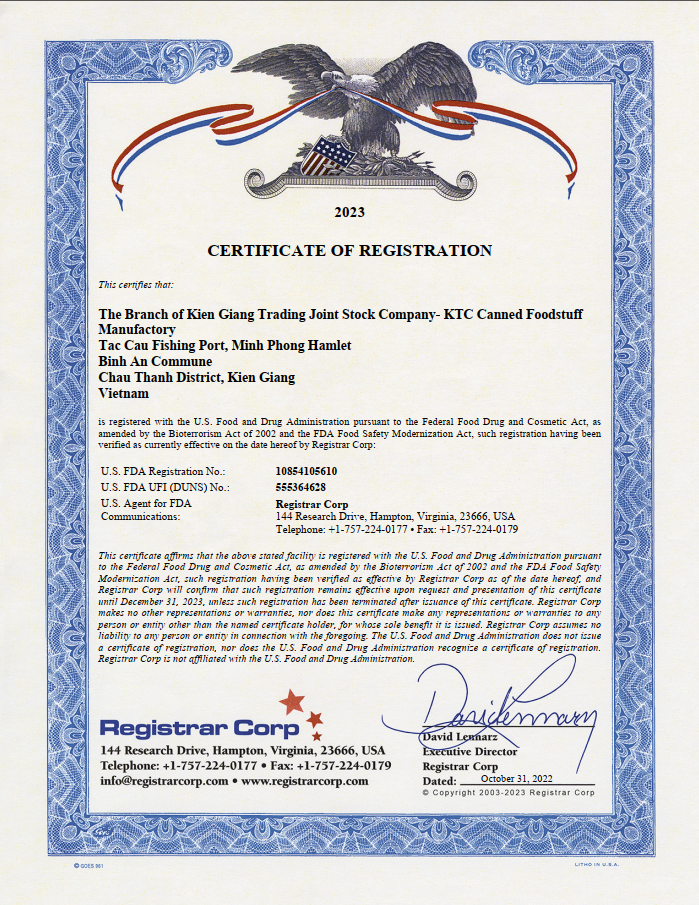Exports to major markets are volatile
In December 2023, Vietnam’s tuna exports to many markets had increased over the same period such as the EU, Russia, Chile, and the Philippines… Exports to the US, Canada, Japan, or Israel had decreased, however, the decrease was not sharp.
Exports to the US, Vietnam’s largest tuna import market, after continuous growth in October and November, decreased slightly in December. Tuna exports to the US reached 25 million USD this month, down 1%. For the whole year 2023, tuna exports to the US had reached 326 million USD, down 33%.
Along with the US, Vietnam’s 2nd largest single tuna import market, Israel, is also decreasing imports by 6% in December. However, due to good growth in the previous months, exports to this market for the whole year 2023 had increased by 37%, reaching more than 50 million USD.
Exports to Canada and Japan were also declining in December, with declines of 12% and 8%, respectively.
Contrary to the trend of exports to the above markets, exports to the EU continued to grow well, up 25% in December. However, for 2023, exports to this market block had only increased slightly by 6% compared to 2022. In this market block, Italy is still a bright spot market with a “galloping” growth rate, up 361% compared to 2022.
After a period of instability, tuna exports to Russia increased continuously again in the last months of 2023. In December alone, tuna exports to Russia increased by 96% over the same period. For 2023, exports to this market had reached nearly 29 million USD, up 18% compared to the previous year.
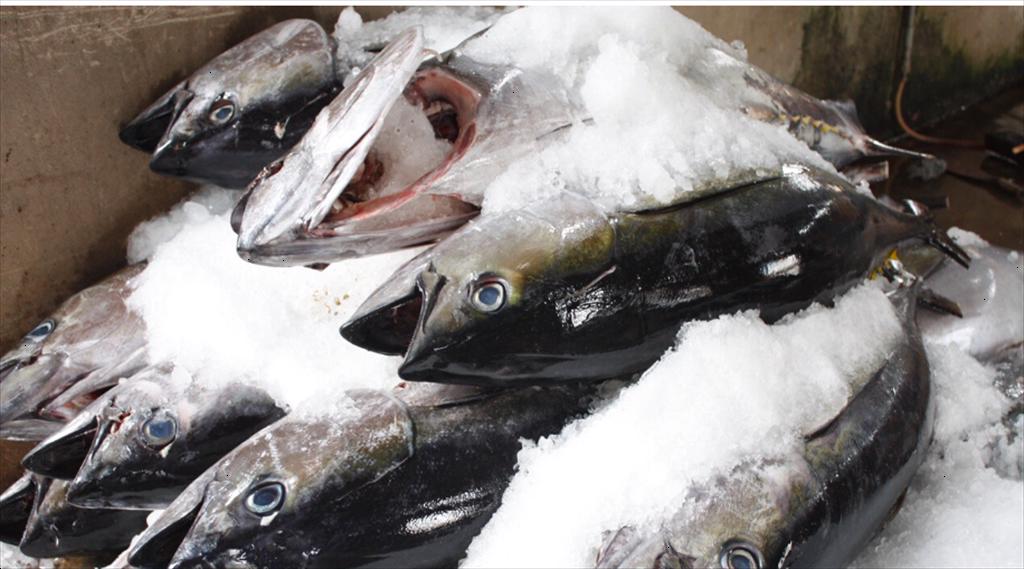
In 2024, many challenges make tuna exports recover slowly
2024 is a year with many difficulties, especially the European Commission (EC) maintains a yellow card warning for Vietnam’s caught seafood products. In addition, the price of raw tuna on the world market has cooled down, but tensions in the Red Sea have caused freight rates to increase, which will make the price of finished tuna still high. Meanwhile, inflation in major countries has been contained, and the world economy has escaped the bottom but recovered slowly, so the demand for tuna imports in many countries has not shown signs of recovery. Competition in markets is increasingly fierce and inventories of processing and exporting enterprises are high. All these factors will hold back the recovery of Vietnam’s tuna exports.



